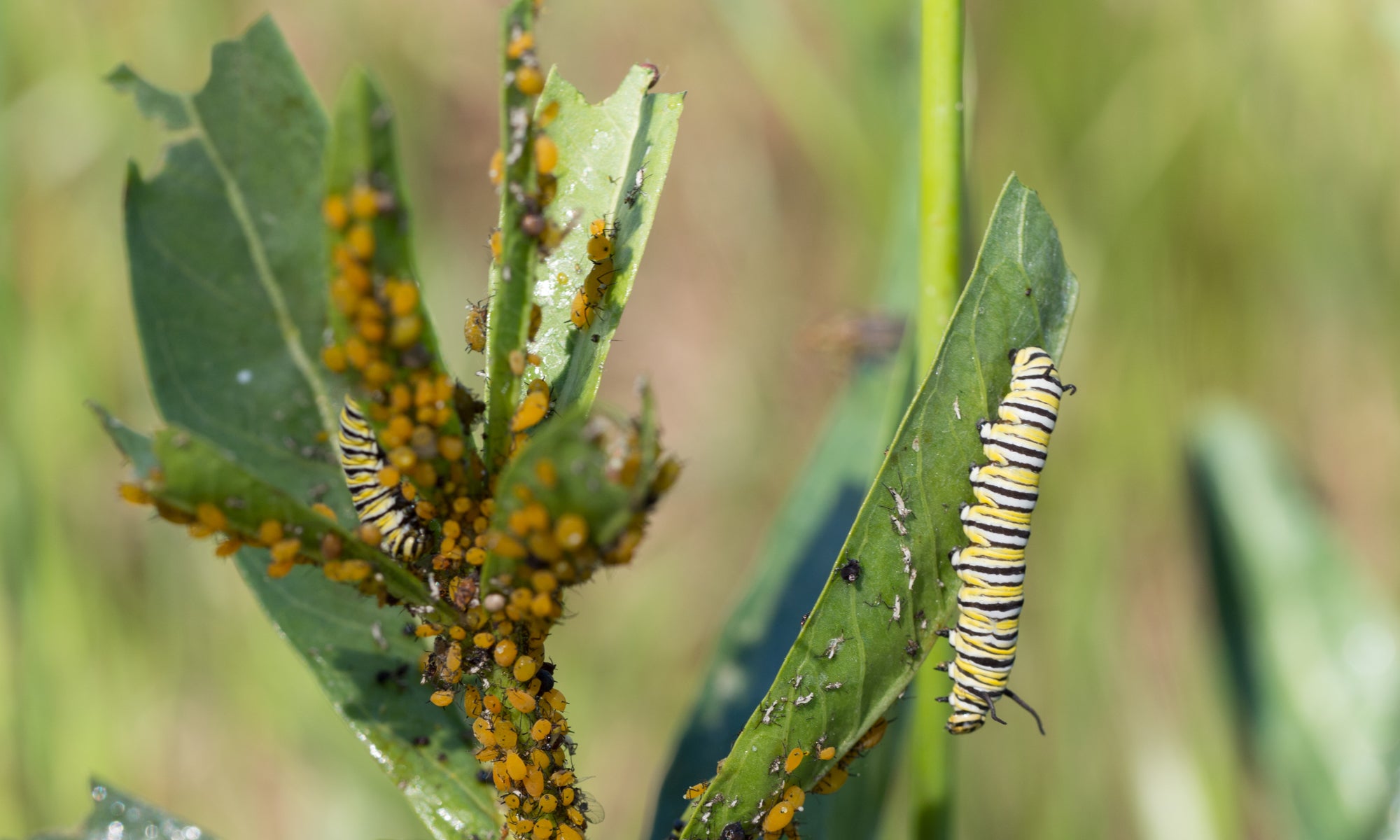Dylan J. MacArthur-Waltz, Rebecca A. Nelson, Gail Lee and Deborah M. Gordon
Abstract
Anthropogenic disturbances, including land use change and exotic species, can alter the diversity and dynamics of ant communities. To examine foraging behavior in an urbanized habitat in northern California, we surveyed the presence of 9 ant species on 876 trees across 4 seasons during both day and night in a 9.5-hectare urbanized oak-exotic woodland. Ants were more likely to be observed on native, evergreen trees, suggesting that native evergreen species may help maintain ant diversity. Species showed clear patterns of temporal partitioning of foraging activity. Ant species varied in their use of native evergreen Quercus agrifolia trees across season and day/night axes. Of the 3 ant species most frequently observed, Camponotus semitestaceus was most active during spring and summer nights, Formica moki was most active during spring and summer days, and Prenolepis imparis was most active during both day and night during fall and winter. Liometopum occidentale was the second most active species during summer day and night, and winter day. Our findings demonstrate that an oak-exotic urban woodland in Northern California was able to maintain a native ant community, and strong temporal partitioning within that community.
Journal of Insect Behavior

